Plug-in hybrid powertrains have been a lifeline for company car drivers in a world of ever-increasing taxation. With current company car tax rates favouring vehicles with CO2 emissions of less than 50g/km, even bigger savings can be made when opting for vehicles with longer zero-emission ranges.
We've selected 10 plug-in hybrid cars, using data from the Fleet News Car Running Costs Tool, that are cost effective for both businesses and drivers.
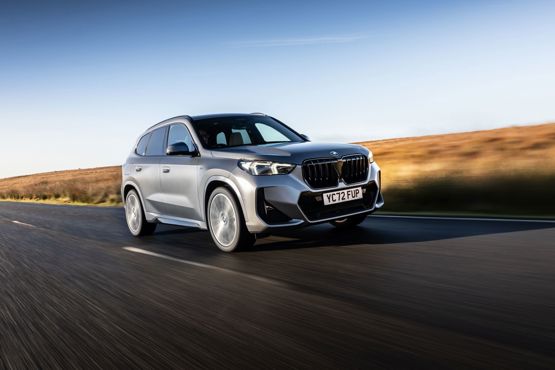
BMW’s popular compact SUV has undergone a significant transformation in its latest guise, offering a blend of practicality, efficiency and driver engagement.
There are two plug-in hybrid engines available, both using a 14.2kWh battery, giving a zero-emissions range of around 50 miles. In each application the electric motor drives the car’s rear wheels, while a 1.5-litre three-cylinder petrol engine powers the fronts.
The 245PS xDrive25e is our pick of the line-up, priced from £42,670. Running costs are as low as 40p per mile, over a typical cycle, and drivers will pay benefit-in-kind (BiK) tax at just 8%.
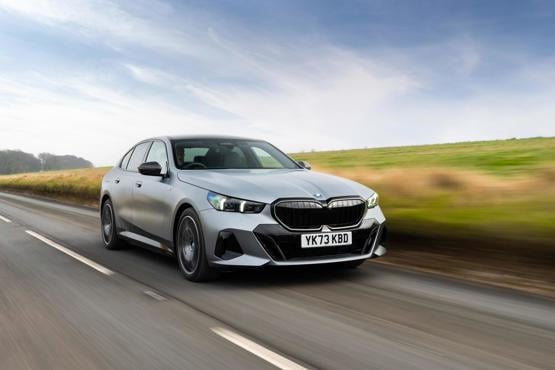
The i5 might spearhead the new 5 Series range, but the BMW 530e is now better than ever before. The all-new model has a larger battery, meaning up to 63 miles of zero-emission driving is possible from a single charge.
As a result, all plug-in hybrid 5 Series models are now in the 8% BiK tax band.
The 530e has a 299PS power output, enabling 0-62mph acceleration in just 6.8 seconds. There's the option of xDrive all-wheel-drive, as well as the regular rear-driven model.
A more powerful 550e is also offered, with 489PS and a 3.0-litre six-cylinder petrol engine.
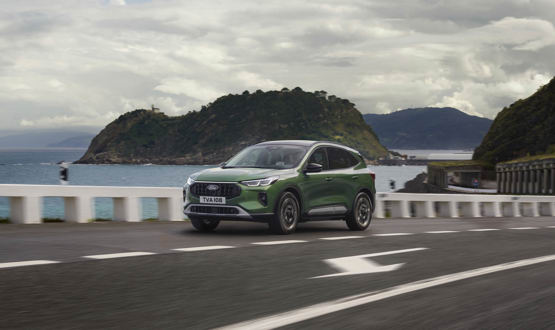
Ford’s stylish and practical Kuga SUV has been freshly updated and comes with a variety of powertrain options, but it’s the plug-in hybrid that makes the most sense for fleets.
Pairing a 2.5-litre petrol engine with an electric motor and 14.4kWh battery, the car blends potent acceleration with high levels of efficiency.
It has a 41-mile EV range, so attracts an 8% BiK tax rate and offers among the lowest running costs in its class, at 41p per mile. Prices start at just over £40,000.

As an all-rounder, they don’t come much better than the Kia Sportage. In its latest generation the popular SUV has taken a step upmarket, bringing a premium interior, impressive technology and great driveability to the segment.
Using a 1.6-litre turbocharged petrol engine and an electric motor, the powertrain delivers 265PS and can accelerate the car from 0-62mph in 7.9 seconds.
The car’s 13.8kWh battery gives a 43-mile zero-emission range and can be charged in less than two hours, using a 7.2kW charger. Drivers will pay 8% BiK tax and prices start at £40,500.
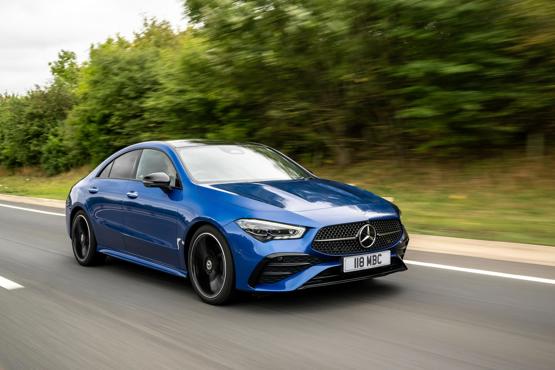
The sleek Mercedes CLA utilises the powertrain and underpinnings from the A-Class in a more attractive body.
It's an upmarket compact executive with a classy interior, great technology and good performance.
The car has a 15.6kWh battery, giving a range of up to 47 miles. That means just 8% BiK tax and its one of only a few cars that support DC fast charging.
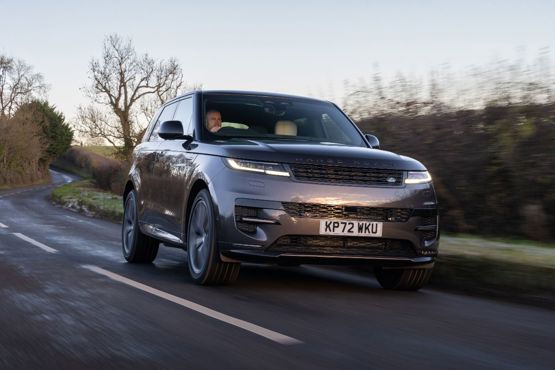
While it may only be available to a small pool of drivers, the Range Rover Sport is a plug-in hybrid that is hard to overlook. That’s why it was given the Driver’s Choice Award at the 2023 Fleet News Awards.
It’s one of only a few cars to attract 5% BiK tax, which means a 40% taxpayer will pay just £140 per month for the privilege of having one on their driveway.
A 38.2kWh battery gives a zero-emission range of 70 miles and the car also features 50kW rapid charging, allowing a re-charge in less than an hour.
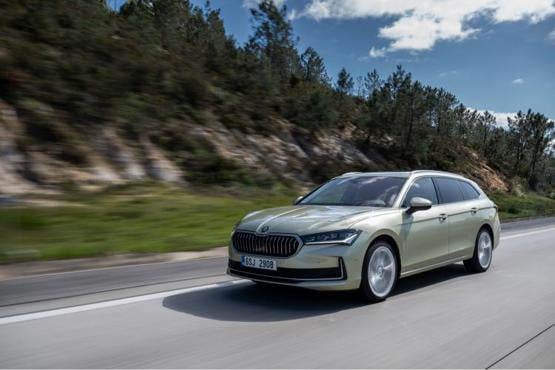
The all-new Skoda Superb is a car that ticks a lot of boxes for company car drivers. Its large, comfortable and easy to drive.
Its plug-in hybrid powertrain is capable of more than 60 zero-emissions miles, meaning company car tax of 8%. It uses a new 1.5-litre petrol engine, with a giant 25.7kWh battery.
Only an estate body is available, providing excellent practicality. There's a suite of safety and comfort features to suit long distance travel.
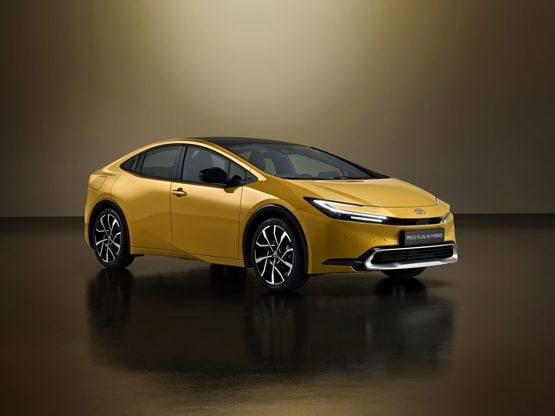
Toyota was the original pioneer of hybrid powertrains and its latest Prius model continues to set a benchmark.
The third-generation Prius promises greater fuel economy, emissions efficiency and EV driving capability.
Powered by a 2.0-litre plug-in hybrid system that delivers 223PS, up to 53 miles of EV driving range is possible. For longer trips, or when charging is not practical, the plug-in hybrid system has a combined CO2 emissions rating of 12g/km – the lowest yet for a Prius.
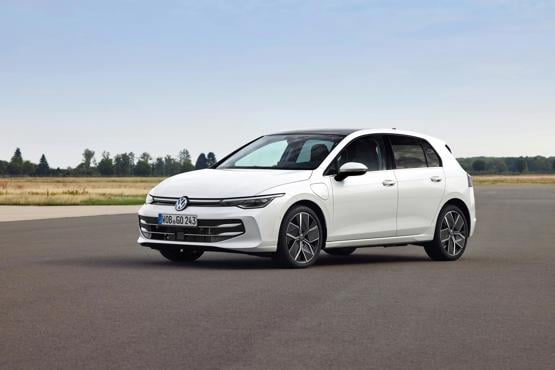
The Golf has always been a strong fleet performer but 2024 will see the introduction of an updated model with two new plug-in hybrid powertrains.
A new, larger, 1.5-litre petrol engine replaces the outgoing 1.4-litre unit and the battery capacity has almost doubled, with the new Golf plug-in hybrids using a 19.7kWh unit. This gives a zero-emission range of around 62 miles, dropping them into the 8% BiK tax band.
The regular eHybrid produces 204PS, while the GTE now has 272PS.
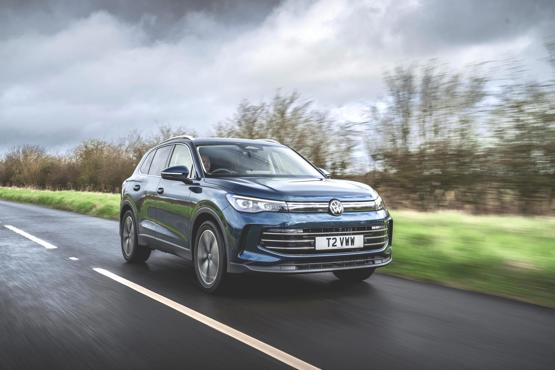
Like the Golf, the Tiguan also gets an all-new plug-in hybrid powertrain. This time, however, it's wrapped in an all-new body.
The new Tiguan eHybrid is capable of covering more than 70 miles using electricity, this means it slips into the 5% BiK band.
VW offers two power outputs: 204PS and 272PS. Both variants are capable of 11kW AC charging and will also support 50kW rapid charging.




















Login to comment
Comments
No comments have been made yet.